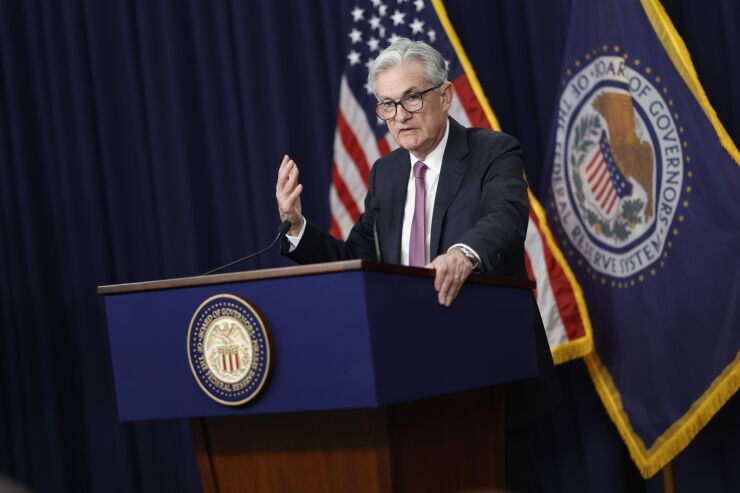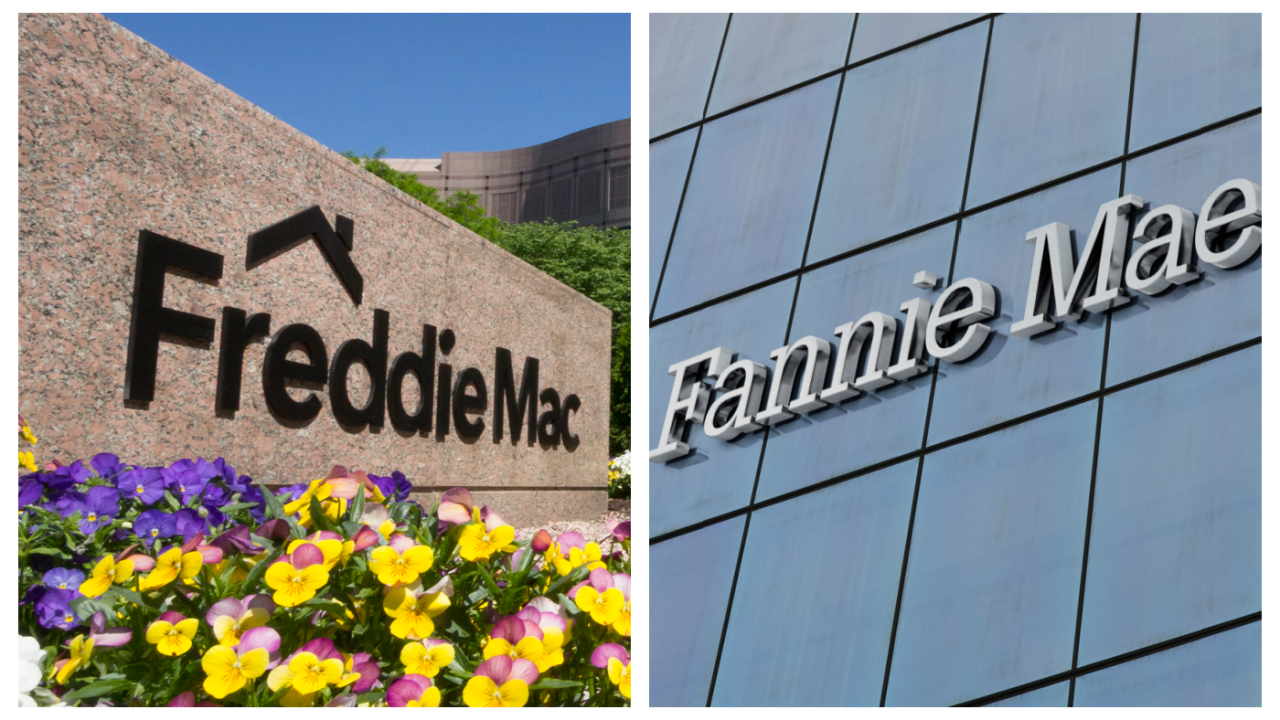WASHINGTON — Federal Reserve Chair Jerome Powell delivered a clear message to Congress on Wednesday afternoon: raise the debt ceiling — or else.
During a press conference after this week's Federal Open Market Committee meeting, Powell said lawmakers should not count on the central bank being able to save the government from widespread defaults and their potential ripple effects.
"There's only one way forward here, and that is for Congress to raise the debt ceiling so that the United States government can pay all of its obligations when due," he said. "Any deviations from that path would be highly risky and no one should assume that the Fed can protect the economy from the consequences of failing to act in a timely manner."

The discussion of the Fed's role in averting a debt crisis comes as congressional negotiations for raising the debt limit — an act that would allow the U.S. government to borrow more to pay down existing debts — stands at an impasse. Treasury Secretary Janet Yellen has projected that the country has already reached its debt limit and is poised to begin defaulting on obligations by June.
Several unorthodox proposals about how the government might deal with an immovable debt ceiling that were first discussed more than a decade ago have resurfaced in recent weeks. They include the issuance of a
Powell declined to say whether the Fed would take part in any of these extraordinary actions should the Treasury Department direct it to.
"In terms of our relationship with the Treasury, we are their fiscal agent," he said, "and I'm just going to leave it at that."
Powell acknowledged that the Fed's efforts to combat inflation, which include reducing its holdings of U.S. sovereign debt by $60 billion per month, could be at odds with efforts to prolong the government's solvency. But, he said, he expects the debt issue to be resolved before it intersects with the Fed's monetary tightening.
"I don't think there's likely to be any important interaction between the two because I believe Congress will wind up acting as it will and must in the end to raise the debt ceiling in a way that doesn't risk the progress we're making against inflation and the economy and the financial sector," he said.
In the meantime, he said, the Fed will monitor the flow of funds between the Treasury's general account, money market funds, reserves at the central bank and the Fed's overnight reverse repurchase facility.
During this week's FOMC meeting, the Fed increased its benchmark interest rate by a quarter of a percentage point, following through on its promise to ease the rate at which it tightens monetary policy.
The 25-basis-point hike is the Fed's most modest rate increase since last March, when it launched its effort to combat runaway inflation. Powell attributed this small rate bump to the Fed's confidence that disinflation has started to take hold in the economy.
The modest adjustment was largely expected by financial market participants and was signaled during the final meeting of 2022, when Powell said the FOMC would no longer be concerned about racing to move monetary policy into restrictive territory but rather determining how long to keep it there.
In its official statement, the Federal Open Market Committee acknowledged that inflation has "eased somewhat but remains elevated." It also amended the opening lines of its statement, which largely remained unchanged from meeting to meeting last year, to remove references to supply chain shocks related to COVID-19 as driving forces of inflation.
"We understand — I personally
During this week's meeting, the FOMC also reaffirmed its long-run goals of maintaining "maximum employment, stable prices, and moderate long-term interest rates." As part of that reaffirmation, the committee said it would keep its annual inflation target at 2%. The typically innocuous strategy statement came as some economists and monetary policy experts have suggested that a higher target figure could be appropriate, given slowing population growth projections in the U.S.






